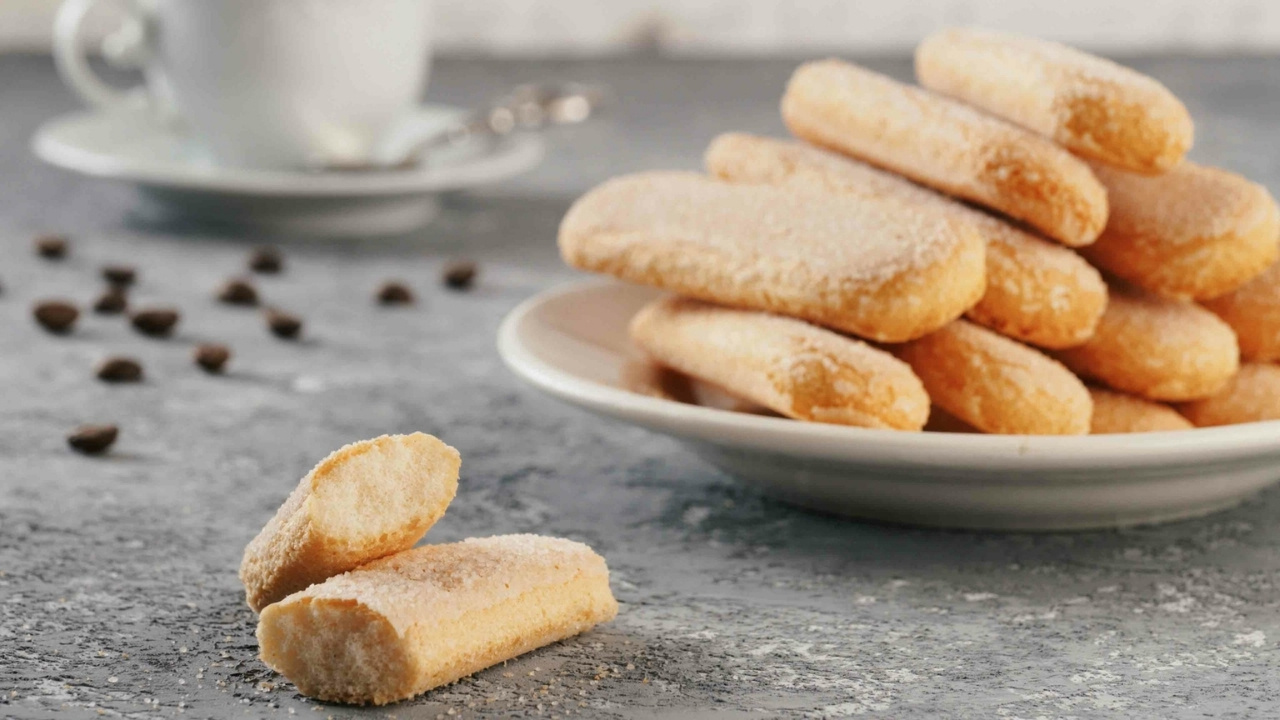
Daktyla, a traditional Greek bread, has a rich history and unique characteristics that make it a beloved staple. But what exactly sets it apart from other breads? For starters, its name, meaning "fingers" in Greek, comes from its distinctive shape. This bread is often made with a mix of wheat and corn flours, giving it a slightly sweet flavor and a hearty texture. Curious about its origins and how it's made? You'll find that Daktyla is not just a treat for the taste buds but also a slice of cultural heritage. From its role in Greek festivities to its nutritional benefits, there's a lot to appreciate about this delightful bread. Ready to learn more? Let's dive into 29 fascinating facts about Daktyla!
What is Daktyla?
Daktyla is a traditional Greek bread known for its unique flavor and texture. Its name means "fingers" in Greek, referring to the bread's finger-like shape. This bread has a rich history and is a staple in Greek cuisine.
- Daktyla is a type of Greek bread that translates to "fingers" in English.
- This bread is often shaped into long, finger-like pieces, hence its name.
- Daktyla is typically made from a mixture of white and whole wheat flour.
- The bread is known for its slightly sweet flavor, which comes from the addition of honey.
- Sesame seeds are often sprinkled on top of the bread before baking, adding a nutty flavor and crunchy texture.
- Daktyla is usually baked in a round shape, with the finger-like pieces radiating from the center.
- This bread is often served with olive oil and olives, making it a popular appetizer in Greek cuisine.
- Daktyla is also commonly enjoyed with cheese and cold cuts.
The History of Daktyla
The history of Daktyla is as rich as its flavor. This bread has been a part of Greek culture for centuries, with its origins dating back to ancient times.
- Daktyla has been a staple in Greek cuisine for centuries.
- The bread's origins can be traced back to ancient Greece.
- Daktyla was traditionally baked in communal ovens, a practice that continues in some Greek villages today.
- The bread was often made for special occasions and celebrations.
- Daktyla was also a common offering to the gods in ancient Greece.
- The bread's unique shape is believed to symbolize the fingers of the gods.
How Daktyla is Made
Making Daktyla is a labor of love. The process involves several steps, each contributing to the bread's unique flavor and texture.
- Daktyla is made from a mixture of white and whole wheat flour.
- The dough is sweetened with honey, giving the bread its distinctive flavor.
- Yeast is used to help the dough rise.
- The dough is kneaded until it is smooth and elastic.
- Sesame seeds are sprinkled on top of the dough before baking.
- The dough is shaped into long, finger-like pieces and arranged in a circular pattern.
- Daktyla is baked until it is golden brown and crispy on the outside.
Serving and Enjoying Daktyla
Daktyla is a versatile bread that can be enjoyed in many different ways. Whether served as an appetizer or as part of a meal, it is sure to delight.
- Daktyla is often served with olive oil and olives.
- The bread pairs well with cheese and cold cuts.
- Daktyla can also be enjoyed with dips such as hummus or tzatziki.
- The bread is often served at Greek festivals and celebrations.
- Daktyla is a popular choice for breakfast, often enjoyed with a cup of Greek coffee.
- The bread can also be used to make sandwiches.
- Daktyla is best enjoyed fresh out of the oven, but it can also be toasted.
Fun Facts about Daktyla
There are many interesting facts about Daktyla that make it a unique and beloved part of Greek cuisine.
- Daktyla is sometimes referred to as "Greek finger bread" due to its shape.
Final Thoughts on Daktyla
Daktyla bread isn't just a tasty treat; it's a slice of history. This traditional Greek bread, with its unique shape and sesame seed topping, has been a staple in Greek households for generations. Its name, meaning "fingers" in Greek, perfectly describes its finger-like appearance. Whether enjoyed fresh out of the oven or dipped in olive oil, daktyla offers a delightful culinary experience.
Learning about daktyla gives us a glimpse into Greek culture and traditions. From its ancient origins to its modern-day variations, this bread tells a story of community, family, and the simple joys of sharing a meal. So next time you bite into a piece of daktyla, remember you're not just eating bread; you're partaking in a rich cultural heritage. Enjoy every bite!
Was this page helpful?
Our commitment to delivering trustworthy and engaging content is at the heart of what we do. Each fact on our site is contributed by real users like you, bringing a wealth of diverse insights and information. To ensure the highest standards of accuracy and reliability, our dedicated editors meticulously review each submission. This process guarantees that the facts we share are not only fascinating but also credible. Trust in our commitment to quality and authenticity as you explore and learn with us.
